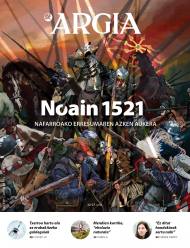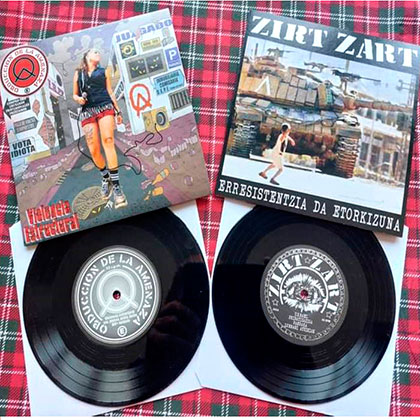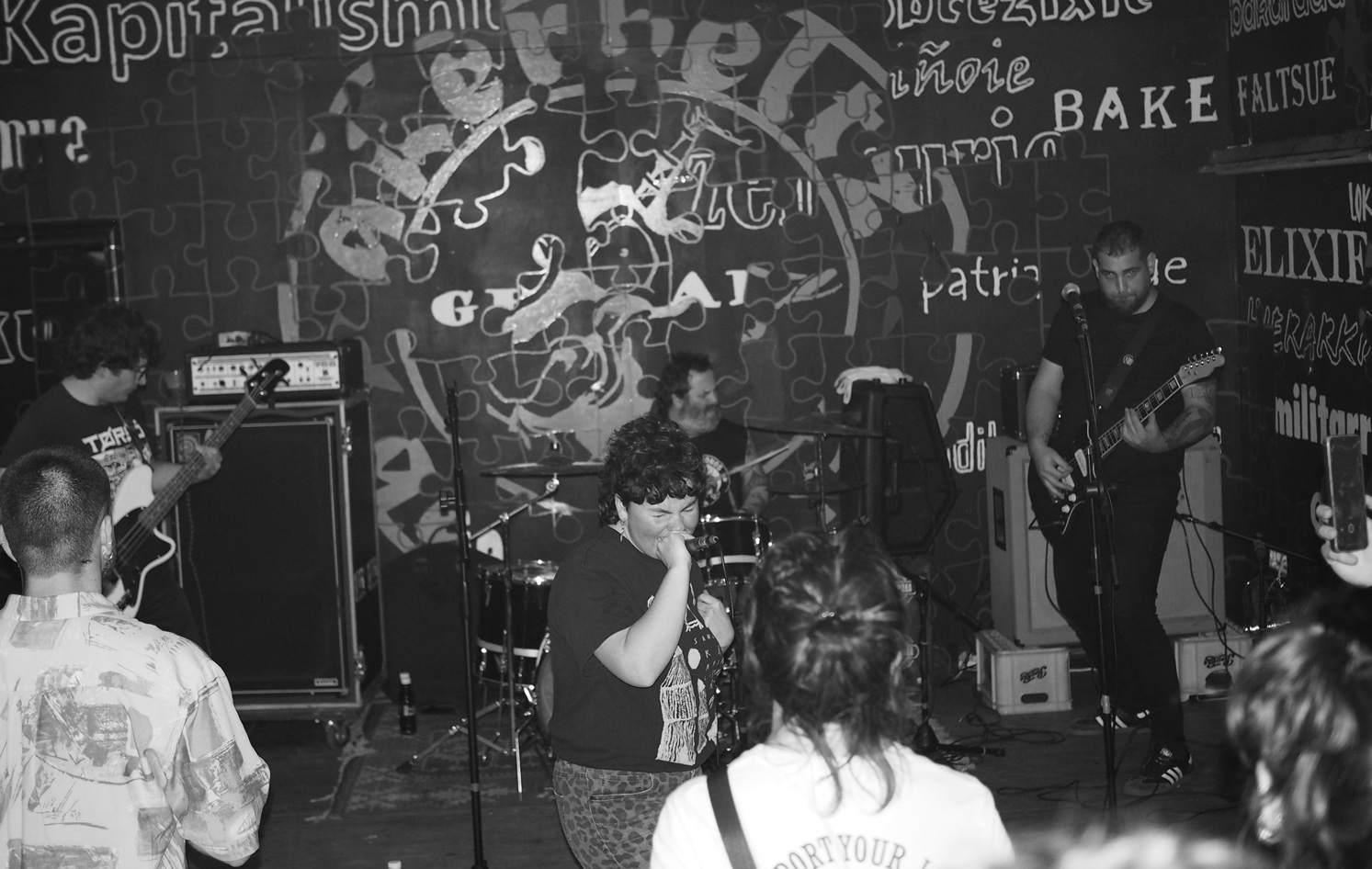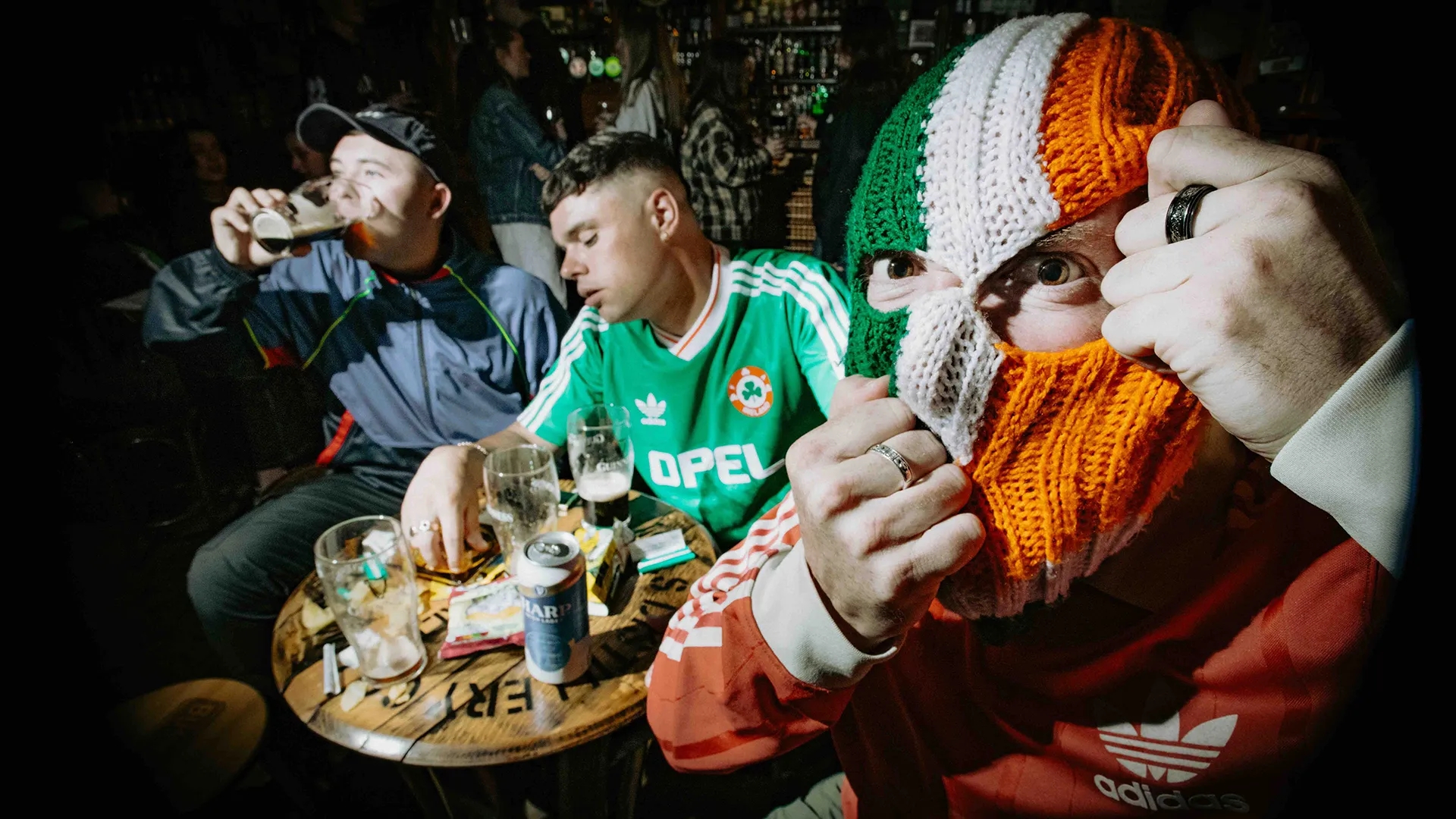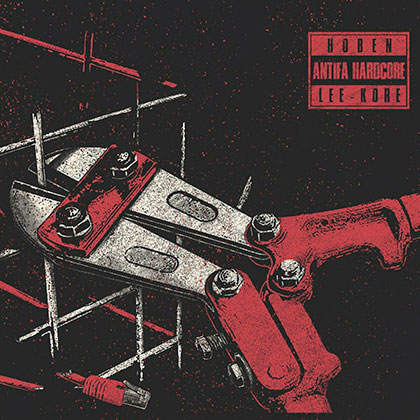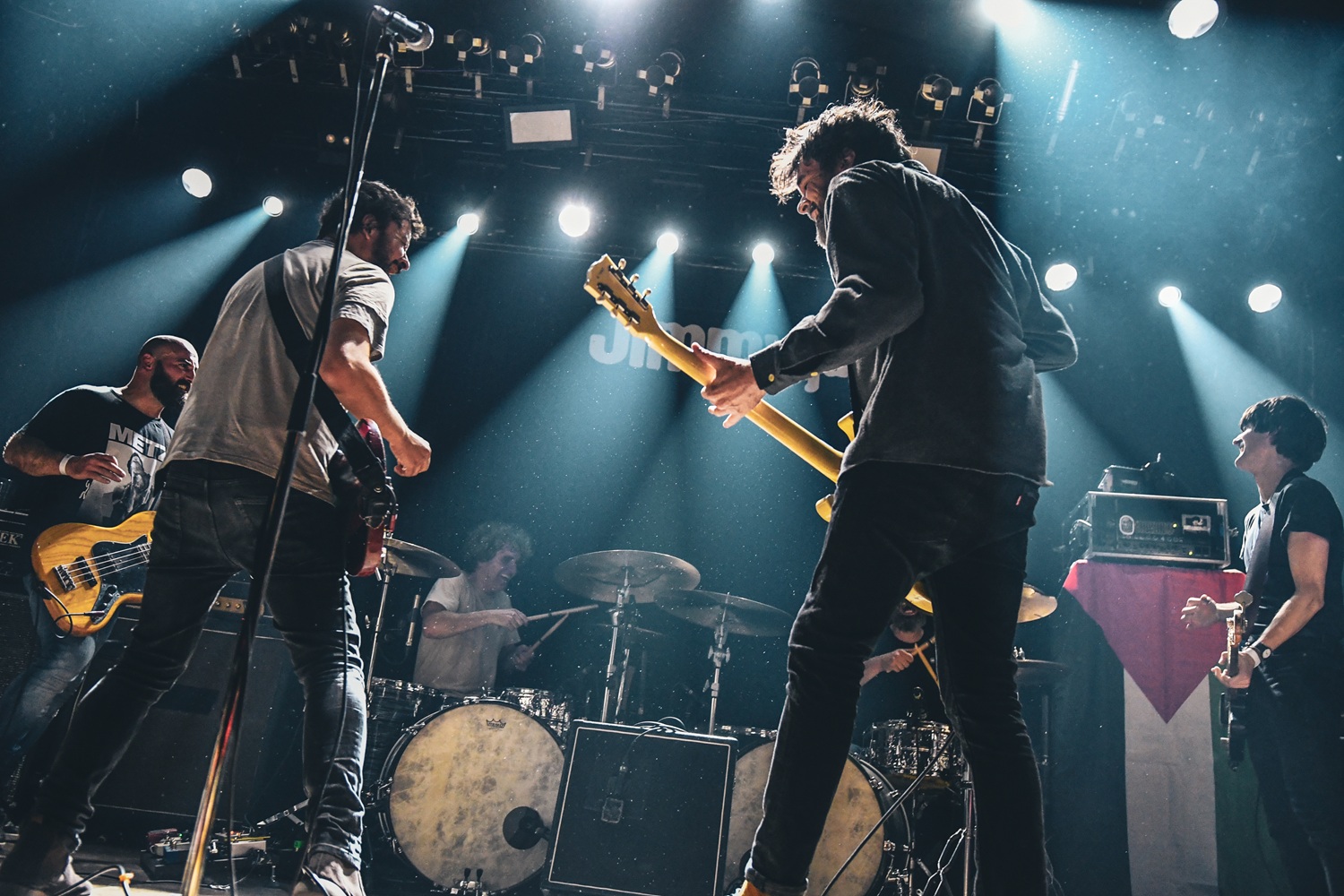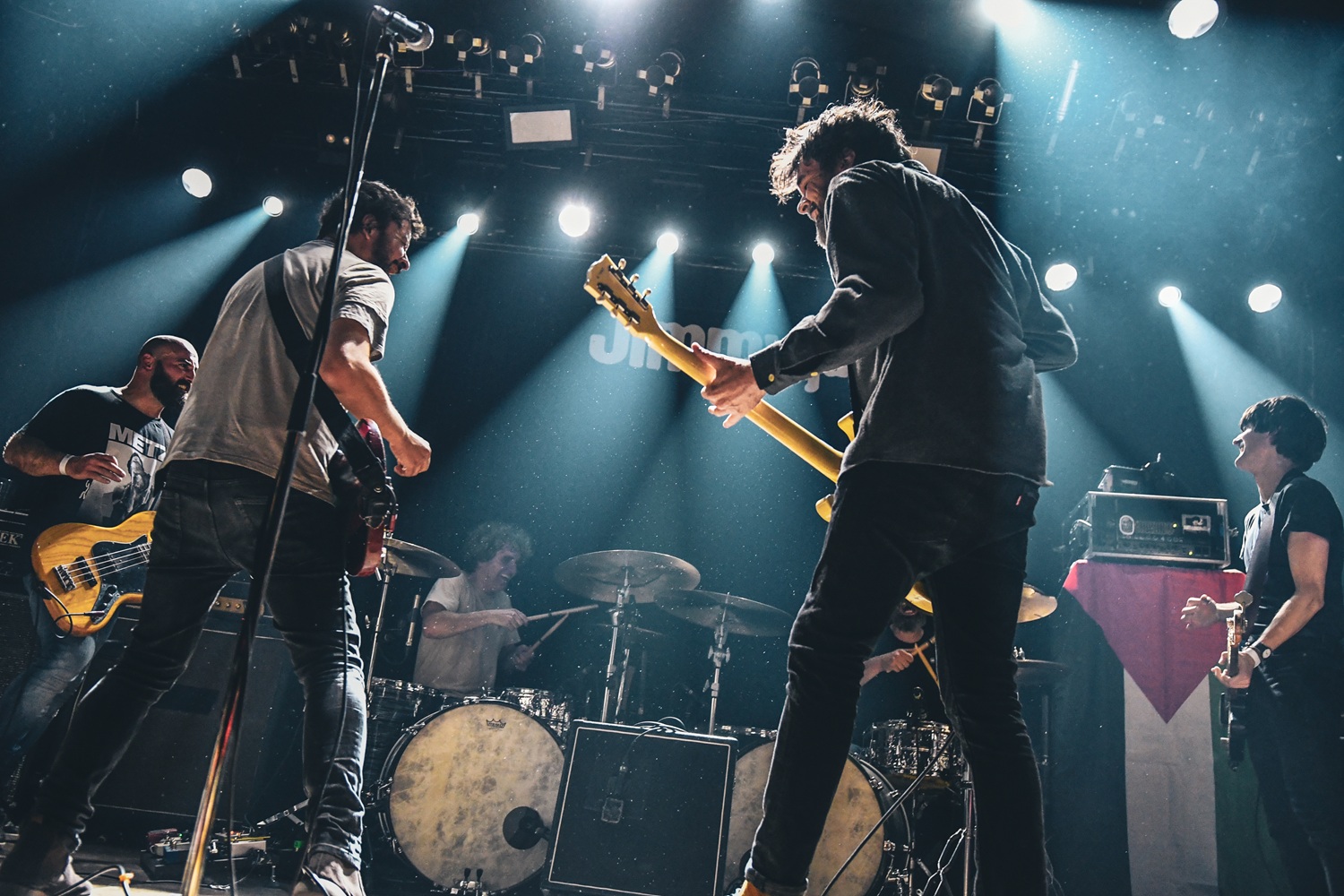“The anecdote that can be my life doesn’t interest me for art”
- Zuhaizpea, a strip seat and a black girl sitting with remains of the idyllic Basque landscape. These are the ingredients on the cover of the album La bella legend de Verde Prato, painted by Ana Arsuaga herself, which has led us to the Urkizu neighborhood in Tolosa, where the musician spent the weekends as a child, where the scene of the painting is located. We had a strong intention – to make a photo replica of the painting – but we have inevitably left it to lead us the way (and the brumas).

She associates the Urkizu neighborhood with Ana Arsuaga on weekends of childhood (Tolosa, 1994), and with her father's vegetable garden, and endless remittances, and with songs back to the table. Memories are intermingled with frozen images in photo albums, although similar things appear in both: patxada, family, celebrations. All very bucolic. We have tried to return to it one morning at the end of spring, and instead we have found another Urkizu, not very different – apples in bloom, bucolism is maintained – but entangled, the spleen, and necessarily more sad than what Arsuaga represents in the paintings.
He does not see a clear relationship between his paintings and his music, but the opposite has happened to oil paintings based on Urkizu's images: apparently they corresponded to the aesthetics of the songs, he used them to illustrate the cover and back cover of the album. “The songs have an aesthetic closely linked to the Basque Country. The type of melodies – with echoes of popular songs – the way to compose, the only instrument in Basque… I wanted the imaginary to match it.” The seven songs of Lake/Crater - Plan B Rec) form a kind of story, narrating from different points of view: mother, boy, friends, child, father, brothers, girl, as a boy part of the village, leaving a big gap in the others. The family idea has a lot of weight in this story, and there is also the voice of the child, “more metaphorical, less literal, that comes out a bit of the general story, as if it were a voice off.” The album has a marked theatrical character, and each character gradually forms the narrative, as in an opera. “I was fascinated by Dido and Eneas by Henry Purcell. The last scene tells the story of the girl's wounded grandfather, a wonderful song, in a tragic way, singing and committing suicide at once. I had already made three songs by then, and observing the words, I realized that there was a theme that was repeated, similar to that of that opera: you have left and I have stayed here”.
.jpg)
Arsuaga himself has also been caught in a kind of partition. He has lived in Bilbao since he went to study Fine Arts and now returns to his hometown. Behind it is going to leave an important period that has given him a lot in music: It was part of the Mazmorra and Snake groups in Bilbao and is the seed of Verde Prato. Jon Mantzisidor once called him explaining that at the Le Larraskito Club they were going to arrange experimental concerts and see if he could prepare something for that day. He accepted the proposal and completed four songs for that day, “as a game” –The girl’s song, The mother’s song, The boy’s song and a version of the traditional song Galtzaundi is called Neri–. He did them for a couple of weeks. “It’s not the usual rhythm,” he laughs, “it was also the first draft of songs.” As two other concerts came out of Larraskito's performance, he continued to sing, with more and more enthusiasm. One day, sound technician Jon Agirrezabala told him that he would help him – as a direct – record songs and hung the material of that program on the net. Deciding that it was time to record a studio album, he studied several stamps and decided to take them out with Plan B. And so on to this day.
The play speaks
The mist has shaped the plans for us: We wanted to make a replica of the album by Verde Prato, bringing the painting to the photo, in front of the idyllic farmhouse of childhood of Arsuaga. We've had to keep talking in the bus stop marquesina, the only refuge we've found in the whole neighborhood. Green Prato wears when walking until she takes her own life. Nothing to do with the experiences of the Snake and Mazmorra groups, as noted: “In one group there are also the wishes of others, you cannot be so dictatorial. Individually, on the other hand, each one places its level of demand”. And it's no coincidence that she's been careful about all the details. “I don’t think it is foolish to do an artistic job. When you do something, you're saying a lot of things with that work. I want to control that: what gives me to people, why, what interest it has… I take it very seriously.”
In the dialogue with the artists, he perceives the inflation of the discourse so that they verbally explain their position on themes such as the theme. For him, though, an artist is saying things before he starts interviewing. It is not that the work has to talk: the work speaks de facto. For Arsuaga, the decisions a musician makes are not random: “Playing only a girl, eating all alone, singing in Basque, making very minimalist songs… I will be asked who I want about those decisions, but I can’t answer better than with my work. All of them have been my decisions, and that says a lot. What else do you want me to tell you? My political position is in my aesthetic decisions.”
"Playing only a girl, eating all alone, singing in Basque, making very minimalist songs… My political position is in my aesthetic decisions"
That is why he has sought coherence between all the parts that make up the album. “It is true that a creative process surpasses one’s own consciousness. I can't perceive everything I do, I'm not able to see myself that far. However, the most unexpected result should also match what you want to express or express what you do not want.” The process of creating songs has both unconscious and conscious. First, Arsuaga identifies the unconscious aspect: “When you have an experience, you start working on it your emotions, your body and your knowledge that go beyond control.” Once this has been overcome, the control phase begins: “It’s time to decide what is usable and what isn’t of this first draft. You think about how to bring this material to critical moments or moments.” In their work attitude, the reflection on what is emerging is constant. It covers the entire creative cycle, giving form of interaction/reflection at the generation distance and restarting. It relates this attitude to self-criticism with personal work. “I don’t accept anything. I look at the other trades, and, for example, when I see my father from one side to the other – the house works painting – I wonder, with what right do I make a song “no more”? Or, why is it important to make songs? I don’t want to generate waste.”
.jpg)
Dissatisfaction with the conventions
Arsuaga tries to start from a “pure” attitude in the making of songs and not to slip too easily to certain musical styles. “To me, being experimental is that: trying to approach the creative process from the minimum position of prejudices.” Once the initial material is in your hands, you begin to think about the structure of the song and other issues of that “conscious phase”. “Knowledge itself is more evident at this second moment. But at first I try not to limit my inertia. If I want to make a baseless song and then put the base in a moment and then remove it again… why not? In that sense, I want to be pure or naïve.” That is where he places his position regarding creation: it cannot be satisfied by embracing the convention, and therefore, in experimentation lies its scope. “You are restless, you want to find the meaning of things, you want to get to something real. How it happens in life itself. The question always comes from curiosity. Anyone who really wants to learn more will always wonder. When you’re an artist the same thing: if you’re critical of what comes to you, you’ll always be creating from an experimental attitude.”
"If you're critical of what comes to you, you'll always be creating from the experimental attitude."
Even when music approaches concrete genres, it always tries to question the patterns that bring these genres. His wager has been classified in labels of all kinds, such as the Basque folklore, neo-Costunbrism, traditional singing, as if he would not want to question the original meaning of the folkloric elements he uses as a raw material. In the eyes of some it seems that he is one more artist who has embraced the new wave of traditional folk. On the contrary, Arsuaga says that she lives fashion as one more convention, so she uses it like everyone else: criticized. “If the electronics bases are fashionable and I make electronics bases, well, I’m not going to avoid it because of that. If tradition is very bogie, and there's something I'm really interested in, I'm not going to start doing anything else. But I try to make it a coincidence, not an intentional search.” He was recently classified in an interview in the parameters of the new Spanish folk, in the same sack as Rodrigo Cuevas and others. Well, it seems to him that in Euskal Herria this trend is not new. He mentions some names from the 1960s, such as Amaia Zubiria, Haizea, or Mikel Laboa himself: “There has always been music closely linked to tradition here, and since I am from here and I drink from the context here, I say yes – to other things not. In any case, I haven’t invented anything.” Look, above all, at the work of the labo: “He’s a tremendously interesting guy, admired in very diverse circles. B has a huge difference, but you're also taught in school. That gives me hope.”
Behind universal issues
The bruma has bound, we have left the marquesina and we have gone out to the surroundings of the hamlet of the childhood of Arsuaga. He hardly passes through Urkizu in recent times, “except on the road of Hernio or on some way back to the mountain.” At the end of the interview, it has brought to light that the voice is the essence of Verde Prato, the place where the songs usually start. However, it is complicated to write words. “I start playing with language, with the tool that I use most to communicate on a daily basis, but I have to do something else. It seems to me a very difficult operation.” When it comes to writing the words, from their own experiences, undressing gives them great reparation and experiences the exercise with tension. “I’m not interested in telling people my life, I want to get out of it at any price. In the plastic arts, I see the attitude of linking one's own biography to work quite widespread, but I have doubts. It may be interesting, yes, but most of the time I think it stays in anecdotes. And the anecdote that can be my life doesn't interest me, not at least for art, because it ends in itself, and it's not interesting to think, to reflect. On the contrary, there are themes that are common in popular songs: family, people, love, death, and that never run out, because they will always be a mystery. From there you can always get something out. I prefer to try to approach these more universal issues.”
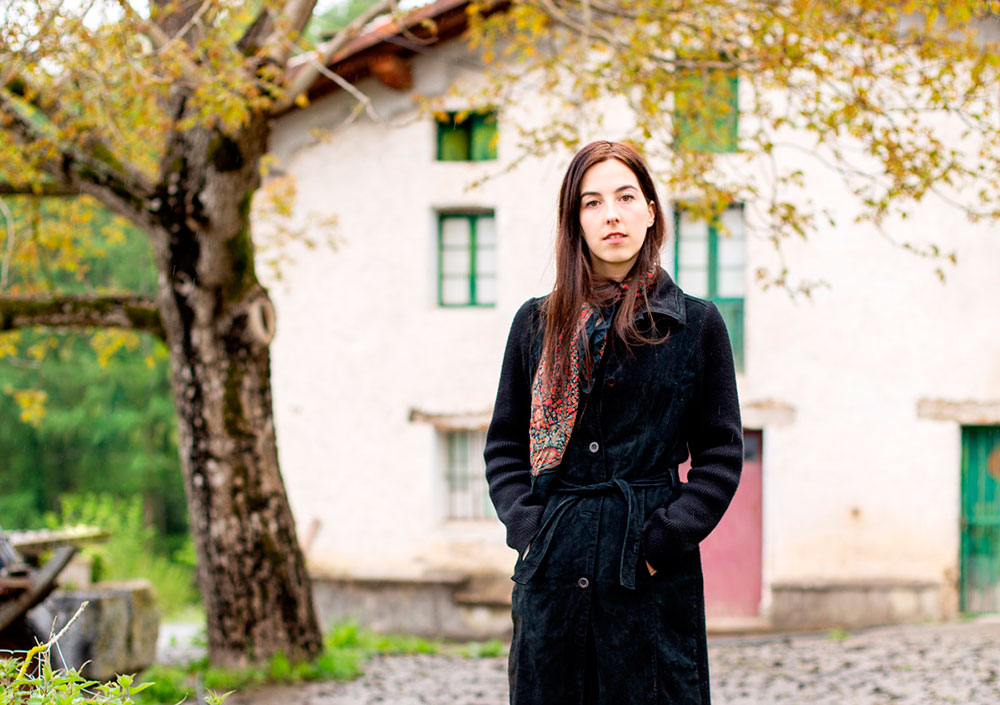
Finally, we have the farmhouse up to the point. Green doors and windows, off white facade. We've approached Haztamuka, but it looks like there's no one in the whole area, we've made a lobby to the portal. There is the walnut that appears in the painting, with a stone table below. Arsuaga sits under the bridge, but the photographer makes no sense to insist on the perfect replica: the area is humble, the light has nothing to do with the painting, the later landscape is covered by a big car. We've moved the car, but it's useless. After a portrait session, we entered the car and traveled around Urkizu. A fog starts again, and an easing thus replaces the initial hopeless.
Obduction of Amenaza / Zirt Zart (Split-ep)
2024
---------------------------------------------------
The musical panorama is gigantic, impassable. Among them there are a few large groups that absorb all the foci; many others that are dedicated to the pursuit of it, and... [+]
Aposapo + Mäte + Daño Dolor
When: April 5th.
In which: In the Youth Center of Markina-Xemein.
---------------------------------------------------------
I’ve made my way to the cheese house with the shopping cart full of vegetables, and we’ve spent the evening cutting... [+]
Poliorkêtês
Kerobia
Autoekoiztua, 2025
--------------------------------------------------------
Azken aldian, lerrootan asko nabil hausnartzen musikak izan beharko lukeen “misio historikoaz” eta abarrez. Eta, nolabait, zer egin beharko lukeen... [+]
On March 7, the 150th anniversary of the birth of Maurice Ravel, the best Basque composer of all time. And in LA LUZ a tribute was paid to this composer, recalling the influence of the famous Bolero on the collective imagination.
By chance, Deutsche Grammophon has just released... [+]
Olatz Salvador
Noiz: martxoaren 15ean.
Non: Deustuko jaietan.
------------------------------------------------
Martxoak beti du deustuarrontzat kolore berezia; urtero ospatzen ditugu jaiak, San Jose egunaren bueltan. Bi asteburu bete festa, eta urtetik urtera Deustuko... [+]
Antifa hardcore
Lee-Kore + Hoben
Autoekoizpena
---------------------------------------------------------
Tamalez ez da ohikoa Arrasaten hardcore kontzertuak egitea, bestelako musika eszenak nagusitzen direlako. Hala bada, joan den larunbatean herriko gazte batzuen... [+]
Hunkituta eta ilusioz egin dut Iruñetik Oronozerako bidea. Maite dut Olaia entzutea, baita hizketan ere. Herriko farmaziaren ondoan autoa utzi eta balkoitik agurtu naute hark eta bere zakur Arak. Grabagailua martxan jarri aurretik, bueltaxka egin dugu frontoira eta Arak... [+]
Bizitza eztia
Verde Prato
Plan B Records, 2024
--------------------------------------------------------------
Ousmane Sembène zinemagile senegaldar ospetsuari galdetu zioten ea bere pelikulak Europan ulertzen ote ziren. Erantzuna, epikoa: “Izan gaitezen... [+]
Inoren Ero Ni + Lisabö
Noiz: martxoaren 14an.
Non: Gasteizko Jimmy Jazz aretoan.
----------------------------------------------------
Izotz-arriskuaren seinalea autoko pantailatxoan. Urkiola, bere mendilerro eta baso. Kontzertuetara bideko ohiko errituala: Inoren... [+]









